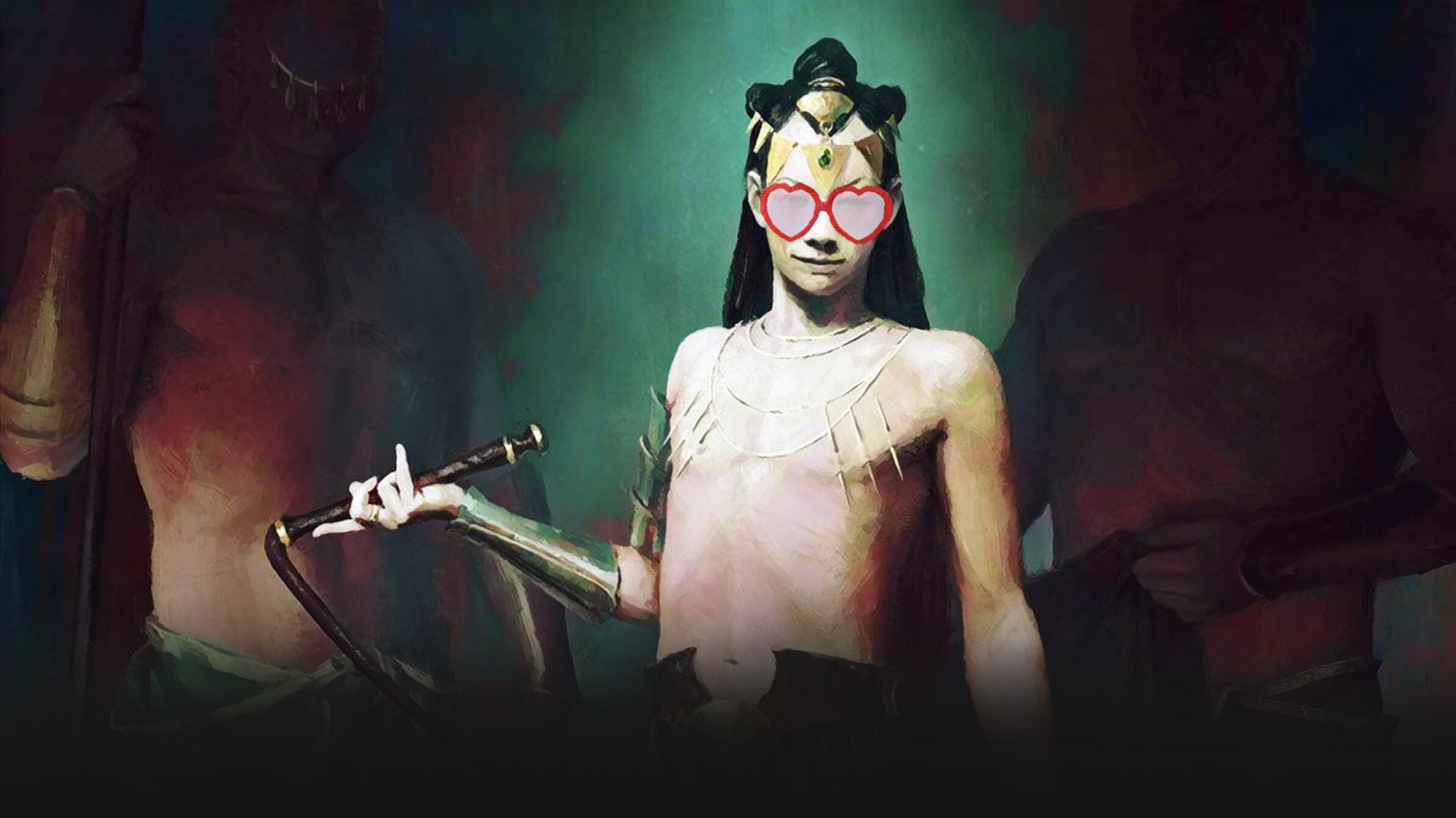
August 2nd, 2021
Commander Crowd Control
(How to Reduce Crowding in Group Hug Decks)
When building a deck that includes group hug in the strategy the card list gets very crowded, very quick! I found this to be especially true when the strategy for the deck already has a lot of moving parts. Building a graveyard group hug deck was in particular a big challenge. In fact just building a balanced consistently functioning graveyard deck is challenging. So I wanted to share my method for knowing what to cut in favor of group hug while building a deck. I will use gravehug decks as an example but the principles work for any deck type!
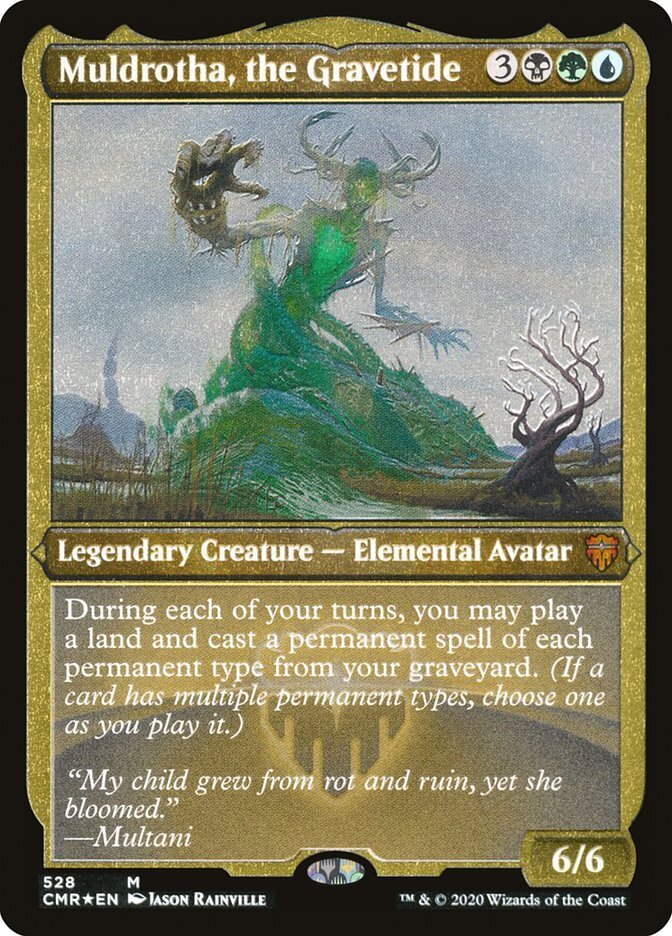
The original idea for a gravehug deck involved using the many different permanent types that make up the group hug staples list alongside self mill tactics with Muldrotha, the Gravetide at the helm. It was a very, very, crowded list and it didn’t consistently do what I wanted it to do, which was to self mill a bunch of cards and increase my options for casting group hug pieces so that I could custom tailor what type of help was on offer at the table.
I think it’s possible to hug too hard at certain tables and I find that solving for a single part of the experience usually makes for a more interesting game. I’ll write more on that next week!
So what was the issue with the deck? For a gravehug deck you need, self mill, card draw, card selection (tutors) ramp (to cast Muldrotha and the things that got milled) and on top of all those a variety of group hug pieces! So basically I decided that the list wasn’t going to do what I wanted it to do consistently. There were too many moving parts. Here is the Archidekt link for that list!
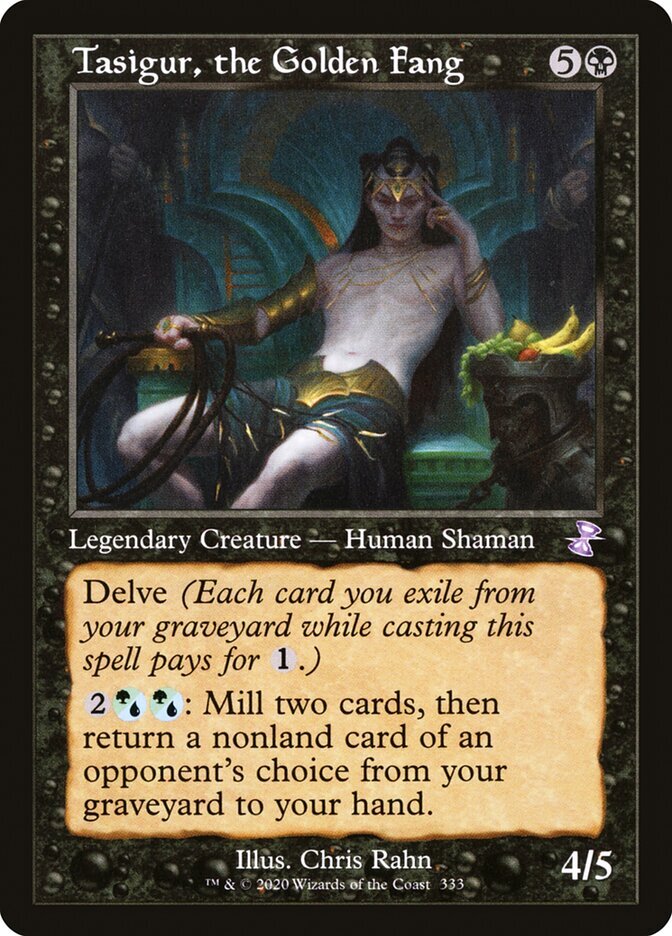
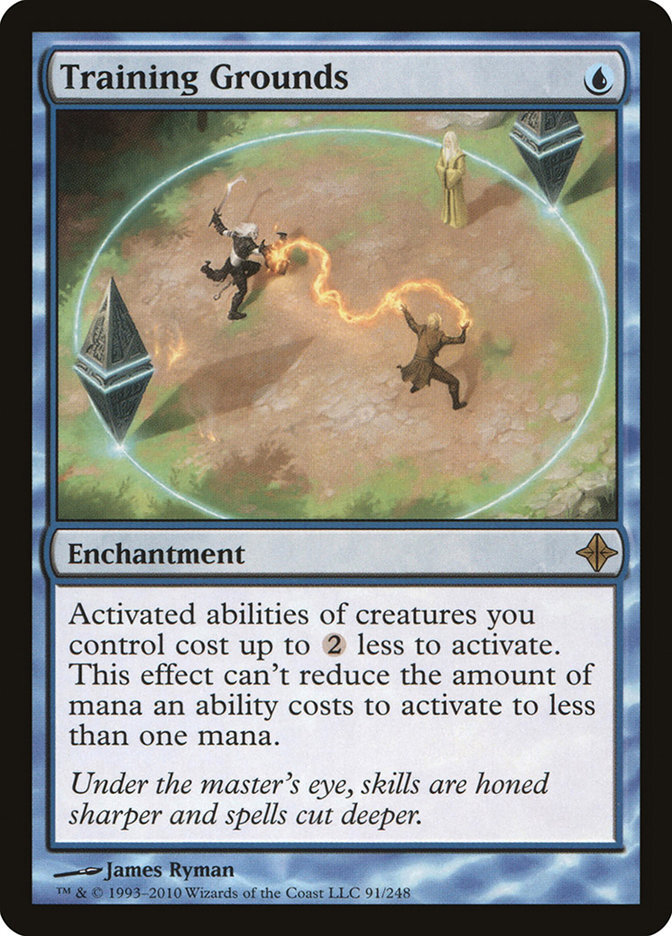
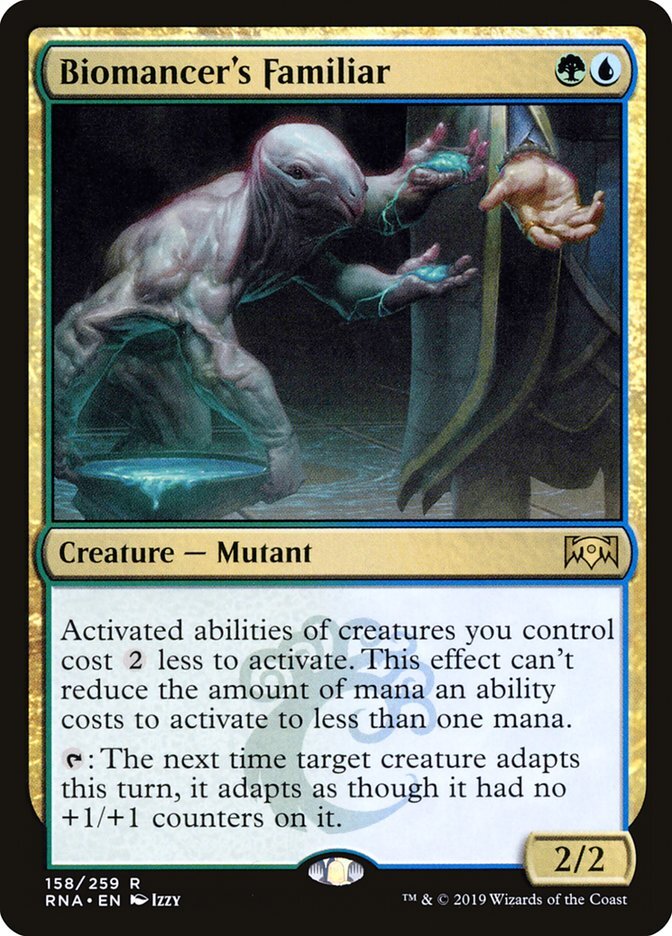
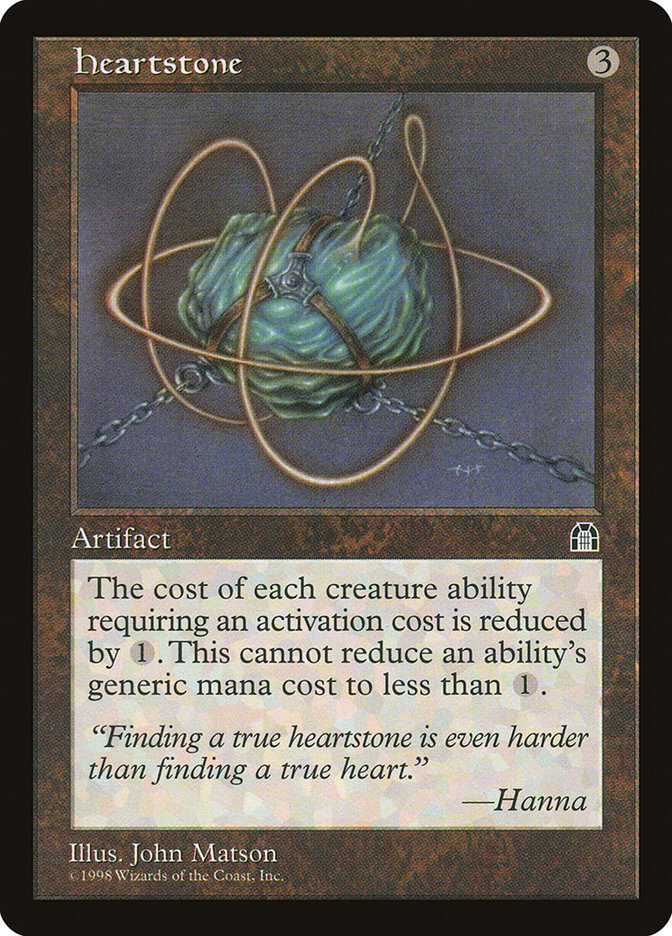
Enter Tasigur, the Golden Fang. Putting a self mill card in the command zone solved a lot of the problems the deck was running into! But that wasn’t all. Not only did he make room by allowing me to cut some self mill cards but he also solves for card draw too. He did require a few extra cards (see above) to make his activation cost a little less expensive but overall the deck ran much smoother!
Less moving parts and less emphasis on card draw really opened up slots in the deck. That meant more of each type of card I needed to make for more consistent play patterns. Here is the Archidekt link to that list!
I think at this point I’m going to point out the obvious… Tutors are very important for consistency in any group hug deck. For any type of deck really but even more so with group hug because once the game turns the corner from early game resource building to late game slugfest it is very likely you will draw cards that are just dead in your hand. When playing group hug you are giving other people resources to fuel a fun interactive game (which uses card slots in your deck) and you are putting yourself at an elevated risk of drawing dead cards in the late game. Therefore tutors are your best friend. You can turn them into helpful cards in the early game and hurtful cards in the late game!
So if your group hug deck isn’t functioning consistently check for a commander that can solve for some of the needs of the deck. Of just solve all the needs by playing Chulane!
Thanks for checking in for the weekly Group Hug Gazette! I wish you all smooth consistent play patterns this week!
-marksquare

